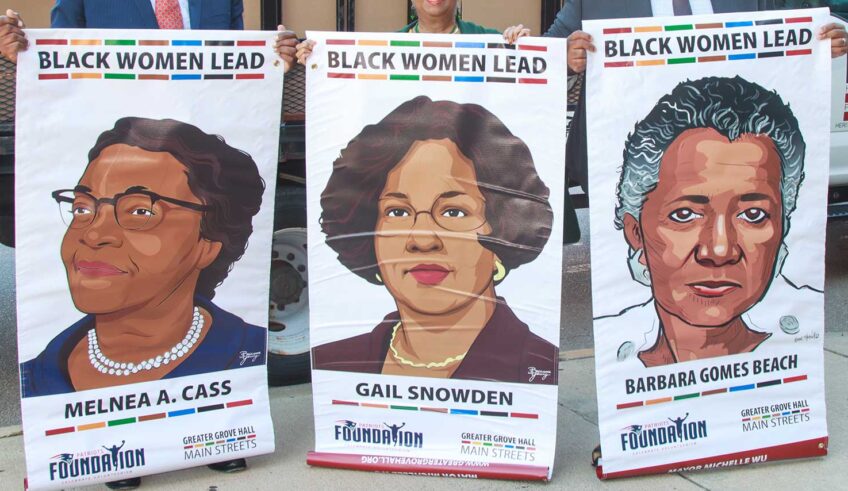Glenn Ford, 64, convicted of murder in 1984, spent 30 years on the death row of Louisiana’s notorious Angola prison before his conviction was overturned and he was freed last month. Anthony Ray Hinton, 58, convicted of murder in 1983, spent 30 years on Alabama’s death row before his murder conviction was overturned earlier this month and he was freed.
That means they’ve joined the growing number of individuals convicted of capital murder and other serious crimes who’ve been proven innocent only after years in prison. Their exonerations also underscore how widespread are the terrible flaws of American’s criminal justice system, and especially its ultimate evil: the death penalty. In fact, these men – whom the nation’s death penalty advocates would have sent to their execution decades ago – are, literally, living proof that the death penalty itself is a crime.
According to data compiled by The Innocence Project, which seeks to exonerate the wrongfully-convicted, since 1989, 329 inmates convicted of capital murder, murder or rape charges have been exonerated via DNA testing. The exonerated had served an average of 14 years in prison.
Equally horrifying are the conclusions of a 2014 study that determined that at least 4 percent of the 3,000 inmates now on the nation’s death row are probably innocent; that a “comparatively low” percentage of innocent inmates have been executed since 1973; and that there is a greater percentage of innocent people whose death sentences have been commuted to sentences of life without the possibility of parole.
One of that study’s authors wrote: “The great majority of innocent defendants who are convicted of capital murder in the United States are neither executed nor exonerated. They are sentenced, or resentenced to prison for life, and then forgotten.”
Whenever I read of another death-row exoneration, four considerations immediately come to mind.
The first is, having been convicted of a capital crime, how does it feel to sit awaiting execution on one of America’s death rows and know that you are innocent?
How does it feel to know that men and women, inhabiting offices of power and clad in the trappings of respectability, are going to kill you so they can keep pretending the American criminal justice system is just? How does it feel to know that the only thing standing between you and execution is a few people who have the resources to help you breach the extraordinarily high barriers put in place to help the legal system try to avoid admitting it made a mistake?
Anthony Ray Hinton’s words, quoted in an April 5 article of theatlantic.com are worth focusing on. “They didn’t just take me from my family and friends,” he said. “They had every intention of executing me for something I didn’t do.”
The second thing I think about whenever another exoneration is announced is the studied silence of the get-tough-on-crime crowd and the death penalty advocates who are always complaining that the appeals process of capital sentences is too drawn out. If those now exonerated had been executed “on time,” this crowd would have declared: justice done
The third thing I think about is the injustice to the crimes’ victims of these wrongful convictions. The Innocence Project data show that in the 329 cases of DNA-proved exoneration, less than half of the true perpetrators of the crimes have been brought to justice.
Finally, I’ve come to think that all these cases prove there are four kinds of souls inhabiting America’s death rows. There are the correction officers, of course. There are the men and women who actually are guilty of murder. There are the men and women actually innocent of the crime they’ve been blamed for or whose guilt was not actually proved at trial. And, finally, there are, in spirit, the death penalty advocates, hanging around like vultures waiting for the next execution so they can pull the tattered rags of their self-righteousness every more tightly around them.
The death penalty is itself morally repugnant, and the growing numbers of death-row inmates whose innocence has been proven before they could be executed has shown that the process of capital punishment in America is shot through with, not just the possibility, but the reality of grievous error.
So, the next time you hear a death-penalty advocate spouting off about its validity, ask them how many state-sponsored murders of innocent people they’re willing to take responsibility for.
Lee A. Daniels’ new collection of columns, Race Forward: Facing America’s Racial Divide in 2014, is available at www.amazon.com






